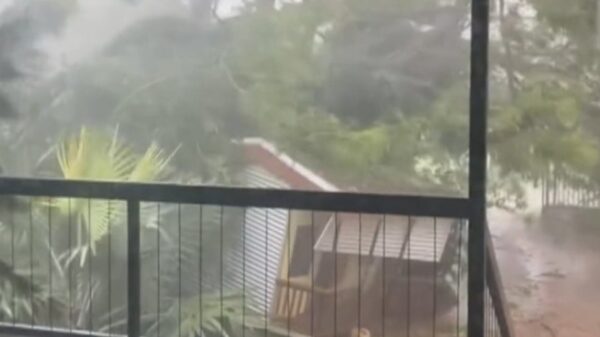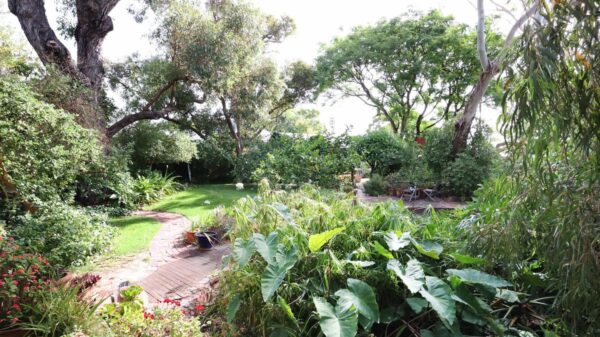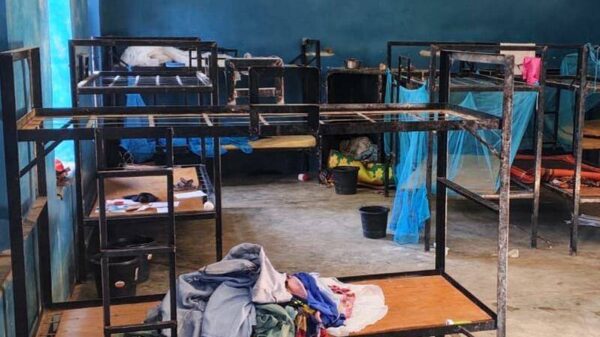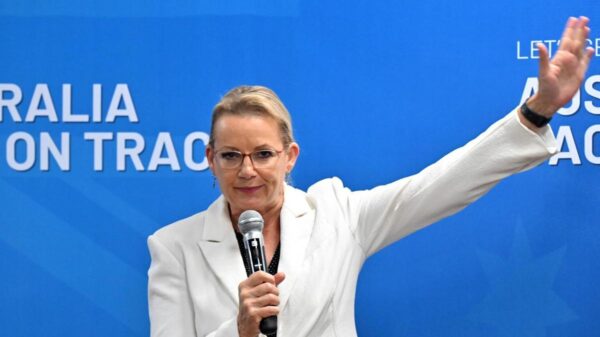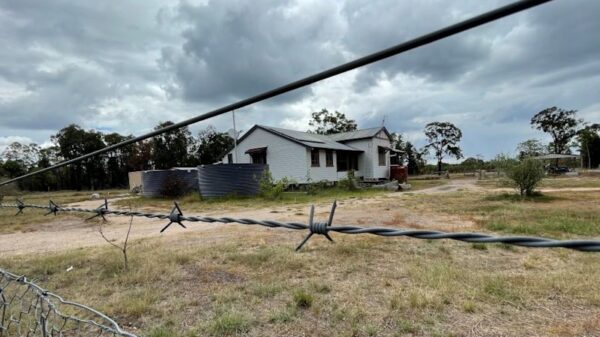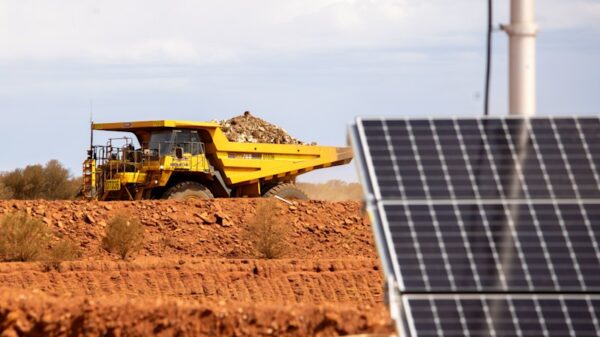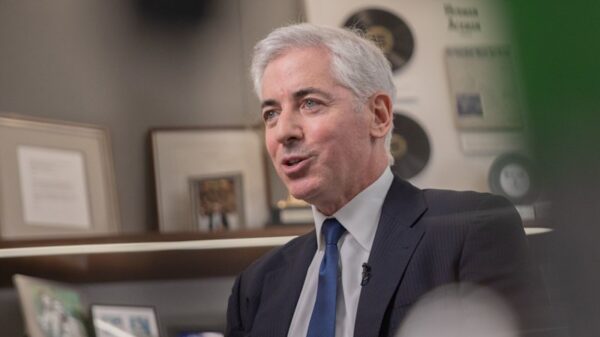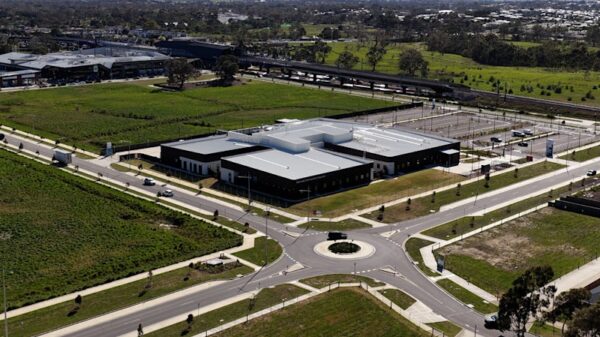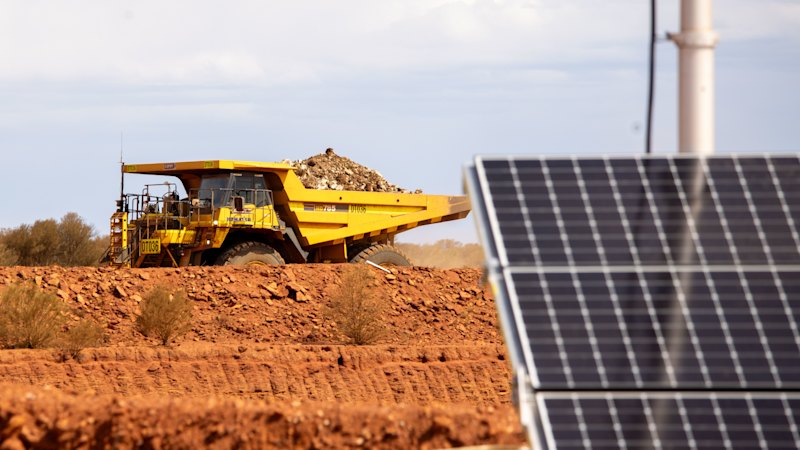Miners in the Goldfields region of Western Australia are increasingly turning their attention to renewable energy projects, seeking economic advantages while contributing to carbon footprint reduction. As the debate around net zero emissions continues to create division among politicians, mining companies are forging ahead with substantial investments in solar and wind energy solutions.
The push towards renewables is underscored by plans from Northern Star Resources to develop one of the country’s largest behind-the-grid renewable power stations. The proposal, currently under consideration by environmental regulators, includes the installation of up to 32 wind turbines capable of generating 256 megawatts of power, alongside a 120 megawatt solar farm. This facility aims to supply energy for the Kalgoorlie Super Pit and its ongoing $1.5 billion expansion.
According to Nick Strong, Northern Star’s KCGM growth general manager, the project represents a “win, win, win” scenario. He emphasized the economic benefits of producing cheaper power and the additional advantage of reducing carbon emissions. “The cost per kilowatt hour is a lot lower than what we’re buying it off the grid,” Strong explained.
In addition to Northern Star, Gold Fields, a South African mining company, is also making significant strides in renewable energy at its St Ives mine near Kambalda. The company has announced a $296 million investment in a wind and solar project expected to supply approximately 70 percent of the mine’s operational energy.
Notably, Gold Fields has recently activated a hybrid power grid featuring a 19 megawatt solar farm, an 11 megawatt battery, and a 40 megawatt gas plant, complemented by a 5 megawatt diesel generator. General manager Mark Glazebrook noted that on sunny days, this system can power about 40 percent of the mine’s operations, helping to mitigate the impact of rising fuel prices.
Meanwhile, Lynas Rare Earths is also advancing its renewable initiatives with the commissioning of four wind turbines, which, combined with an existing 7 megawatt solar farm and a 12 megawatt battery, could potentially meet all of its operational power needs under favorable conditions. Lynas has indicated that it aims for 70 percent of its energy to be sourced from renewables annually once these projects are fully operational.
Despite political turbulence surrounding net zero commitments, particularly with the Coalition party’s recent shift towards gradual emissions reductions, no major mining company in Western Australia has publicly renounced its goals to achieve net zero by 2050. This is notable in light of the vocal opposition from figures such as mining magnate Gina Rinehart, who has criticized the impact of renewables on agricultural areas and claimed that shareholder dividends are being sacrificed.
In contrast, the Western Australia Nationals have formally abandoned their net zero commitment, while opposition leader Basil Zempilas has aligned with federal colleagues in downplaying the urgency of emissions targets.
Strong believes that the political discourse surrounding the issue is muddled. “The politicians, especially those that are abandoning net zero, need to clarify their communications,” he stated. He urged for greater transparency regarding whether the opposition is rooted in climate skepticism or concerns about the impact of renewable infrastructure on local communities.
As the renewable energy projects expand, their footprint remains discreet, with Strong asserting that the facilities will not be visible from residential areas in Kalgoorlie. “Our wind farms and our renewables can’t be seen from any residential property; you have to drive out of town a couple of kilometers to actually see them,” he said.
Rising electricity costs in Western Australia are a driving factor behind the shift to renewable energy. The Chamber of Minerals and Energy WA has highlighted that electricity prices for industrial customers connected to the South West power grid have doubled since 2020, creating obstacles for further investments in the sector.
CMEWA policy and advocacy director Anita Logiudice commented on the trend, noting, “We’re seeing lots of member activity in what we would call behind-the-meter renewable energy rollout, just because the pace of the grid-connected transition has been slow in Western Australia.”
The Goldfields region’s commitment to renewable energy development highlights a growing recognition among miners of the economic and environmental benefits of such initiatives, even as political debates continue to evolve.



